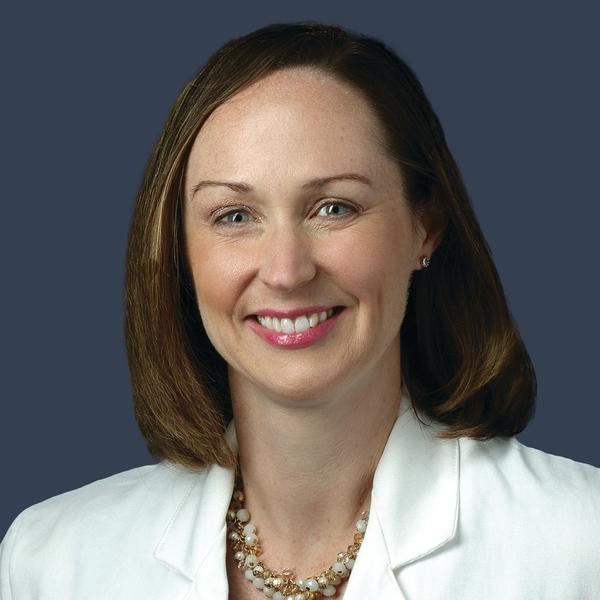 As with any other workplace, MedStar Washington Hospital Center goes to great lengths to maintain a safe environment for physicians, staff and, of course, patients. Yet, even the most well-established and effective practices may have room for improvement. For example, refining procedures or layouts can cut treatment area risks even further, while addressing situational stressors can reduce the potential of miscommunication and mistakes.
As with any other workplace, MedStar Washington Hospital Center goes to great lengths to maintain a safe environment for physicians, staff and, of course, patients. Yet, even the most well-established and effective practices may have room for improvement. For example, refining procedures or layouts can cut treatment area risks even further, while addressing situational stressors can reduce the potential of miscommunication and mistakes.
For Kathryn M. Kellogg, MD, MPH, there’s no better place to put these best practices to the test than the Hospital Center’s Emergency Department, where she serves as an attending physician.
Unique research insights
“My clinical work feeds my research and administrative work,” explains Dr. Kellogg, who relishes emergency medicine’s rarity of routine days. “Along with being alert to how well our practices work across a wide variety of situations and patient presentations, I also get ideas for things to research, or barriers to effectiveness that need to be addressed.”
Dr. Kellogg’s interest in emergency medicine and human factors safety engineering was cultivated in medical school at the University of Rochester, under the guidance of her mentor, Rollin J. “Terry” Fairbanks, MD, MS, who later founded MedStar Health’s National Center for Human Factors in Healthcare, a safety engineering research center, and now serves as MedStar’s assistant vice president, Ambulatory Quality and Safety. The opportunity to again collaborate with Dr. Fairbanks brought Dr. Kellogg to the nation’s capital, after her residency in emergency medicine at Vanderbilt University Medical Center.
Since then, Dr. Kellogg’s work on patient safety, emergency care and avoidance of adverse events has been published in multiple peer-reviewed journals. Since starting at MedStar, Dr. Kellogg has been awarded more than $2 million in grants and contracts, to pursue her safety research. Her current research efforts include developing and testing a task management tool, to help emergency physicians reduce and mitigate interruptions during the course of treating patients.
“There’s a lot we can learn from other industries with similar stressors, including understanding their causes, and how we can better train staff to handle them,” she says.
A multi-faceted team member
Dr. Kellogg also works with other MedStar entities on improving safety and eliminating potential problems. In a new role as Associate Medical Director, Quality and Safety, she joins multi-disciplinary teams to investigate safety events, focusing on identifying and rectifying the root causes rather than simply how individuals responded, providing another parallel to her Emergency Department work.
“Effectively treating emergency patients on what is likely the worst day of their lives requires quickly gaining their trust and confidence,” Dr. Kellogg explains. “The same holds true when we’re talking with associates who may understandably feel anxious after being involved in a safety incident. It’s the only way we’ll get a full understanding of what happened and why, in order to make changes that will minimize the risk of it happening again.”
Outside the hospital
Appropriately for someone seemingly always on the go, Dr. Kellogg is an avid runner and plans to take part in the Rock n’ Roll Half Marathon this spring. She and her husband have three children, and true to her investigative nature, discovery is often on the fun time agenda.
“We love to travel, taking our kids to new places and helping them explore new things,” she says.